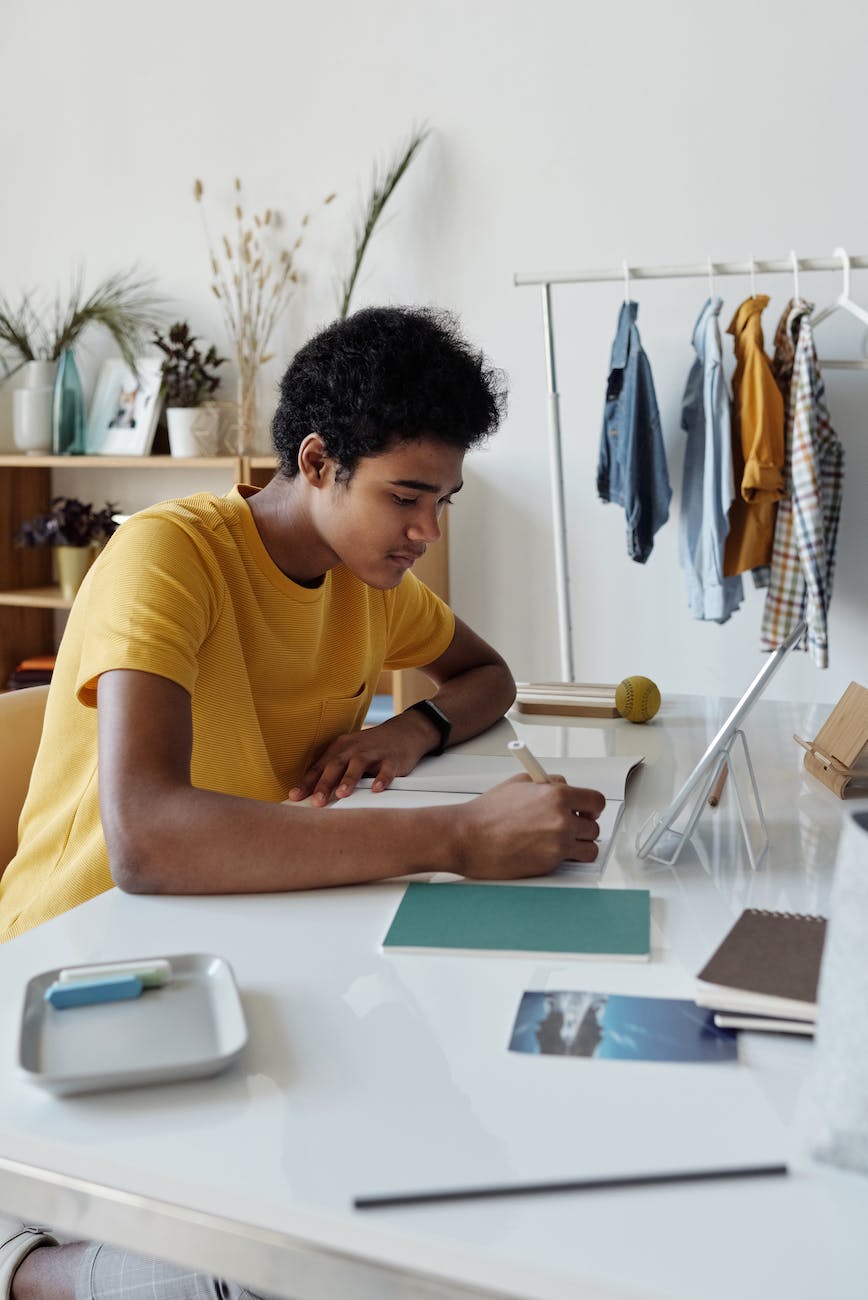handicrafts as educational tools: promoting creativity and skill development
Art and craft activities are more than just fun pastimes for children. They provide numerous benefits for child development, including enhancing creativity, developing fine motor skills, and promoting problem-solving skills. By incorporating handicrafts into a child’s educational journey, we can nurture their imagination and foster their cognitive growth.
What are the benefits of incorporating art and craft activities in child development?
Enhancing creativity through art and craft
Art and craft activities have long been known to stimulate creativity in children. When given the opportunity to express themselves through various art mediums, such as painting, drawing, or even sculpting, children can unleash their imagination and create unique works of art. This enhances their ability to think outside the box and find innovative solutions to problems they may encounter in the future.
Developing fine motor skills through craft activities
Craft activities, such as cutting, gluing, and threading beads, help children develop their fine motor skills. These skills involve the coordination of small muscles in the hands and fingers, which are crucial for tasks like writing, tying shoelaces, and buttoning shirts. By engaging in craft projects, children can improve their dexterity and precision, setting a solid foundation for future academic achievements.
How art and craft help children in problem-solving skills
Engaging in art and craft activities also promotes problem-solving skills in children. When faced with a crafting project, children are encouraged to think critically and find innovative ways to bring their ideas to life. They learn to analyze the materials at hand, make decisions, and overcome obstacles along the way. These problem-solving skills are transferrable to various aspects of their lives, helping them become resourceful and adaptable individuals.
How do creative activities promote child development?
Exploring the importance of arts in early childhood
Introducing arts at an early age is essential for a child’s development. Creative activities provide a platform for self-expression and allow children to explore their emotions, thoughts, and experiences. It helps them develop their own unique voice and perspective, fostering their cognitive, emotional, and social growth.
Boosting literacy skills through creative activities for children
Creative activities, such as drawing, painting, and storytelling, can greatly enhance a child’s literacy skills. By engaging in these activities, children learn new vocabulary, develop their communication skills, and improve their ability to express themselves effectively. Additionally, they gain a deeper understanding of narrative structure, character development, and plot progression, which are crucial elements in building strong reading and writing skills.
Improving self-esteem through quality time spent on creative projects
When children participate in art and craft projects, they have the opportunity to showcase their skills and accomplishments. This boosts their self-esteem and confidence, as they receive recognition and appreciation for their creative efforts. It also allows them to develop a sense of pride and accomplishment, motivating them to continue exploring their artistic abilities.
What role do handicrafts play in developing fine motor skills?
Understanding the significance of fine motor skills in child development
Fine motor skills are crucial for a child’s overall development. These skills involve the control and coordination of small muscles in the hands and fingers, which are essential for tasks such as writing, drawing, and manipulating objects. Crafts that require precise movements, such as cutting with scissors or using tweezers, help children refine these skills and improve their hand-eye coordination.
Exploring various craft activities that enhance fine motor skills
There are numerous craft activities that can aid in the development of fine motor skills. For example, stringing beads, folding paper, and manipulating clay all require precise finger movements and hand-eye coordination. Engaging in such activities regularly can significantly improve a child’s fine motor skills and set a solid foundation for future academic success.
Encouraging coordination and critical thinking through craft projects
Craft projects not only enhance fine motor skills but also promote coordination and critical thinking. When children follow instructions, measure and cut materials, and assemble various components, they need to coordinate their movements and pay attention to detail. This helps in developing their cognitive abilities and promotes the development of critical thinking skills.
How can art and craft engage school-age children in learning?
Using art and craft to make learning fun and interactive
Art and craft activities can make learning more enjoyable and interactive for school-age children. By incorporating creative projects into lessons, teachers can engage students in hands-on activities that capture their interest and imagination. This not only enhances their understanding of the subject matter but also encourages them to think creatively and critically.
Exploring the impact of art and craft on problem-solving skills
Art and craft activities require students to think critically and find solutions to design challenges. By engaging in these activities, school-age children develop essential problem-solving skills, such as analyzing information, making decisions, and experimenting with different approaches. This enhances their ability to think independently and find innovative solutions to real-world problems.
Incorporating colours and creativity to stimulate learning in children
Colours and creativity play a significant role in stimulating learning in children. When lessons are presented in a visually appealing and creative manner, children are more likely to stay engaged and retain information. Incorporating colours, illustrations, and hands-on activities can help children grasp complex concepts and make learning a fun and memorable experience.
